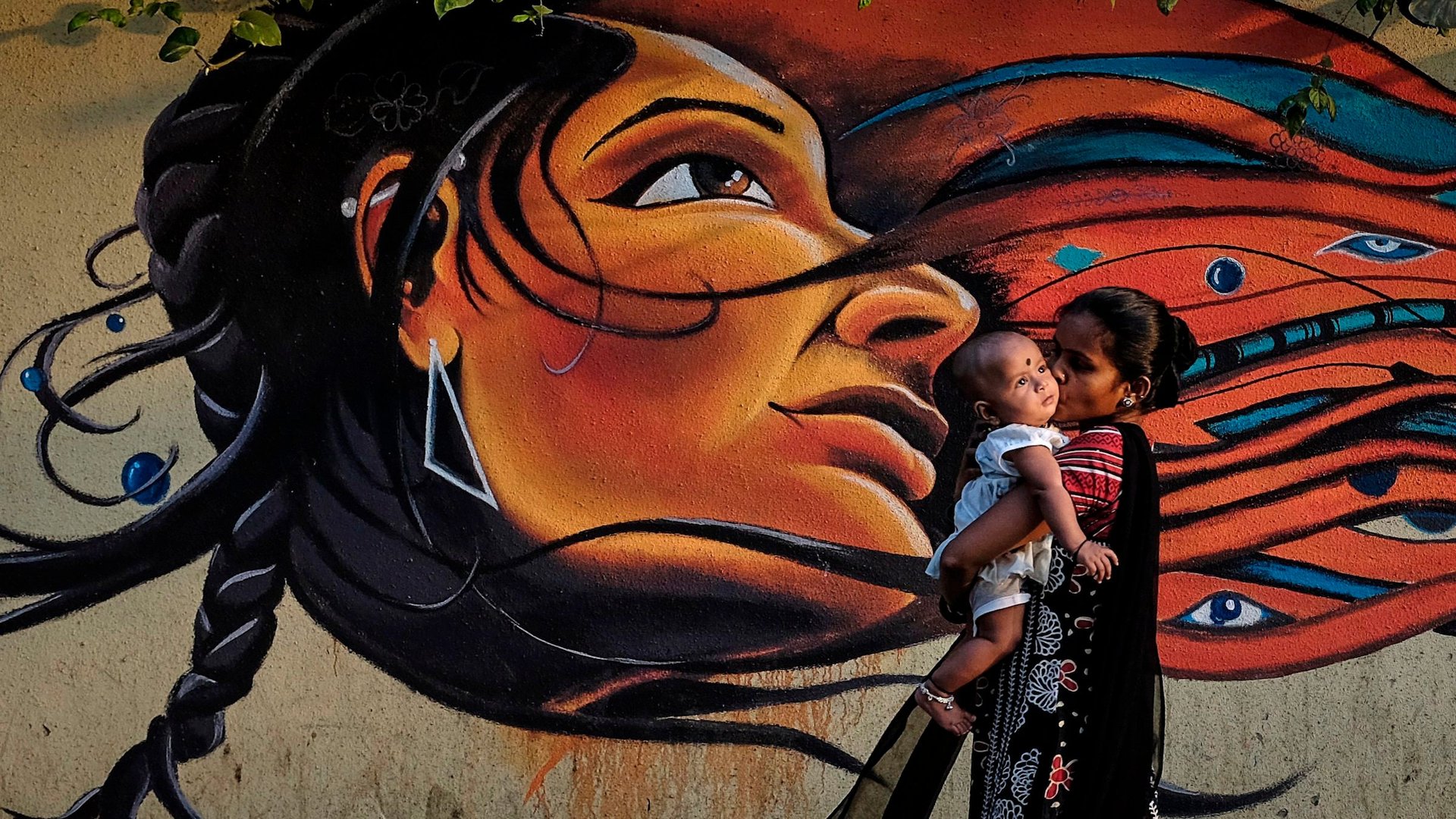The answer to saving India’s babies is as old as humankind
India’s infant mortality rate is exactly half of what it was two decades ago. It’s moving in the right direction but countries like Brazil and China are making much faster and better gains at saving their babies.


India’s infant mortality rate is exactly half of what it was two decades ago. It’s moving in the right direction but countries like Brazil and China are making much faster and better gains at saving their babies.
What do they have that India doesn’t?
Breastmilk banks, for one.
A paltry number of Indian women breastfeed: 41% compared to double that percentage for American mothers discharged after giving birth. In Brazil, the numbers are even worse: 8%, according to one study.
But what Brazil does have a lot of is breastmilk. Sold or donated, the milk is then transferred to a sterilized and labeled container, and stored in a freezer for 24 hours under -20 degrees celsius. The milk collected from the mothers is then processed and pasteurised separately to destroy any bacteria that it contains. Once the milk is treated, it is given to infants who need it. Brazil now has 210 breast milk banks, which health officials say has helped reduce its infant mortality rate (from 52 to 13 in the last 20 years).
By comparison, India has just 11. While 58% of Indian children receive exclusive breastfeeding for the first four months, only 46% continue to receive it until 6 months. The World Health Organization and UNICEF recommend exclusive breastfeeding until six months of birth.
Indian woman are succumbing to “pressure from the baby foods industry to promote alternatives to breast milk. There were campaigns to make mothers believe that they can’t produce enough milk for the baby,” says Arun Gupta of the Breastfeeding Promotion Network of India. Other factors that have resulted in poor breast feeding in India are a lack of awareness and superstitions which prompt people to feed honey and other liquid foods to a baby in the first few days of its birth. In some parts of India, a preference for a male child affects the amount of breast milk given to the female child.
Breastfed children have at least six times greater chance of survival in the early months than non-breastfed children.
In 1989, the first human breast milk bank was established in Mumbai’s Lokmanya Tilak Municipal General Hospital as Dr. Armida Fernandez and her team sought ways to reduce infant deaths due to infection. But the system of running a human breast milk bank is people intensive and depends on mothers to donate milk, for which there is a need to create awareness, Dr. Fernandez says.
Around the same time, newer technologies of neo-natal intensive care started becoming popular. “Hospitals in the country were tempted to invest in ventilators and warmers and other technologies, even though they were more expensive, rather than setting up these banks,” Dr. Fernandez says.
But the focus on neo-natal nutrition is rising globally thereby bringing the focus back to these banks. An Udaipur based NGO founded by Devendra Agrawal, runs the Divya Mother Milk Bank. Agrawal’s NGO also runs an orphanage encouraging parents who don’t want a girl child to leave it at the orphanage instead of abandoning the babies in dumpsters or at hospitals. “We were the first to set up such a bank in North India, and about 713 mothers have donated milk at the bank,” he says. The NGO is also assisting the set up of two other banks. “The government has no policy on human breast milk banks. We use the milk at our bank for children battling infections and illnesses at the NICU (neo-natal intensive care unit) and then the surplus milk is provided to the infants who come to the orphanage,” he says. While running the unit, he continues to battle lack of awareness and misconceptions among mothers. The bank was set up with an investment of Rs 20 lakh, but Agrawal says that now things have become easier and a bank can be set up with an investment of about Rs 5 lakh.
Much is at stake: India accounts for 29% of the global deaths of newborns on their very first day of birth.